Identification of early biomarkers in saliva in genetically engineered mouse model C(3)1-TAg of breast cancer
- PMID: 35798767
- PMCID: PMC9263110
- DOI: 10.1038/s41598-022-14514-1
Identification of early biomarkers in saliva in genetically engineered mouse model C(3)1-TAg of breast cancer
Abstract
Breast cancer is one of leading causes of death worldwide in the female population. Deaths from breast cancer could be reduced significantly through earlier and more efficient detection of the disease. Saliva, an oral fluid that contains an abundance of protein biomarkers, has been recognized as a promising diagnostic biofluid that is easy to isolate through non-invasive techniques. Assays on saliva can be performed rapidly and are cost-effective. Therefore, our work aimed to identify salivary biomarkers present in the initial stages of breast cancer, where cell alterations are not yet detectable by histopathological analysis. Using state-of-the-art techniques, we employed a transgenic mouse model of mammary cancer to identify molecular changes in precancerous stage breast cancer through protein analysis in saliva. Through corroborative molecular approaches, we established that proteins related to metabolic changes, inflammatory process and cell matrix degradation are detected in saliva at the onset of tumor development. Our work demonstrated that salivary protein profiles can be used to identify cellular changes associated with precancerous stage breast cancer through non-invasive means even prior to biopsy-evident disease.
© 2022. The Author(s).
Conflict of interest statement
The authors declare no competing interests.
Figures
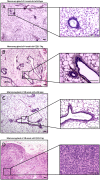
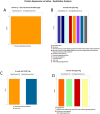
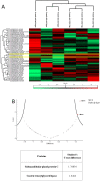
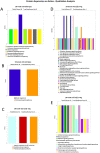
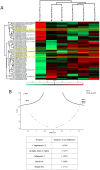
References
Publication types
MeSH terms
Substances
LinkOut - more resources
Full Text Sources
Molecular Biology Databases

